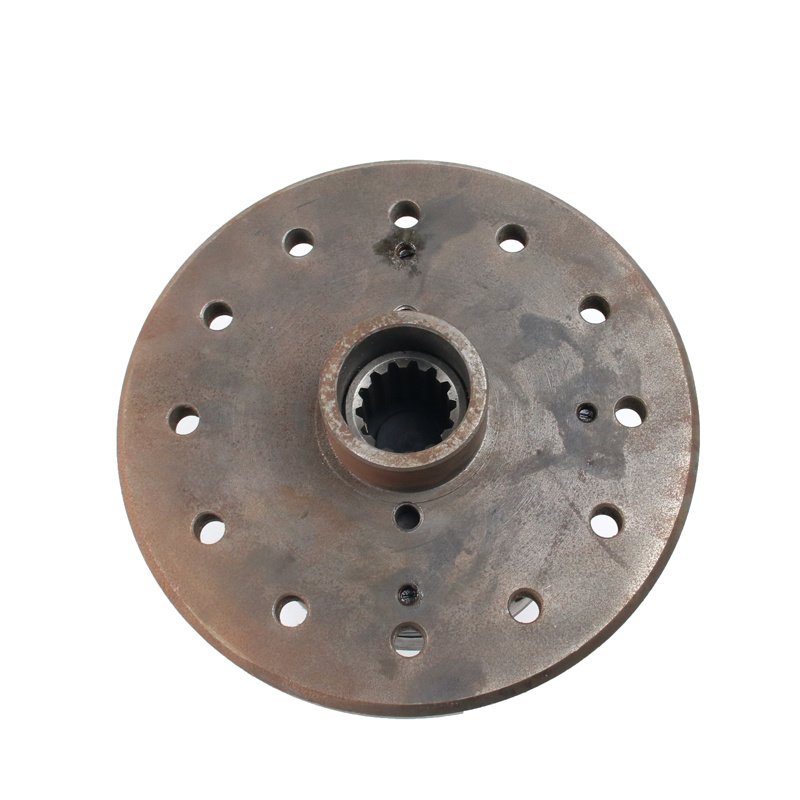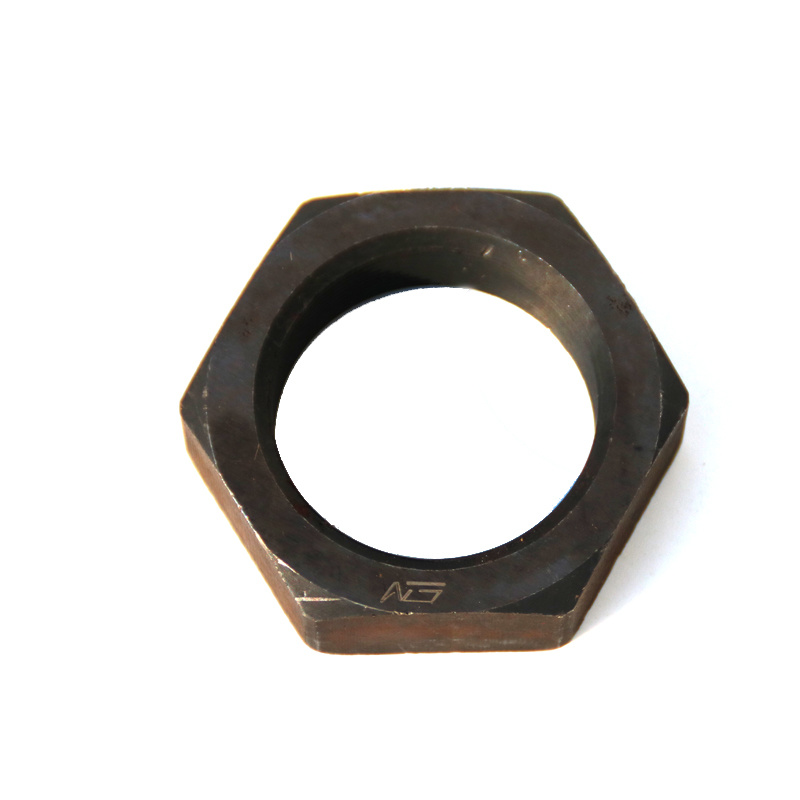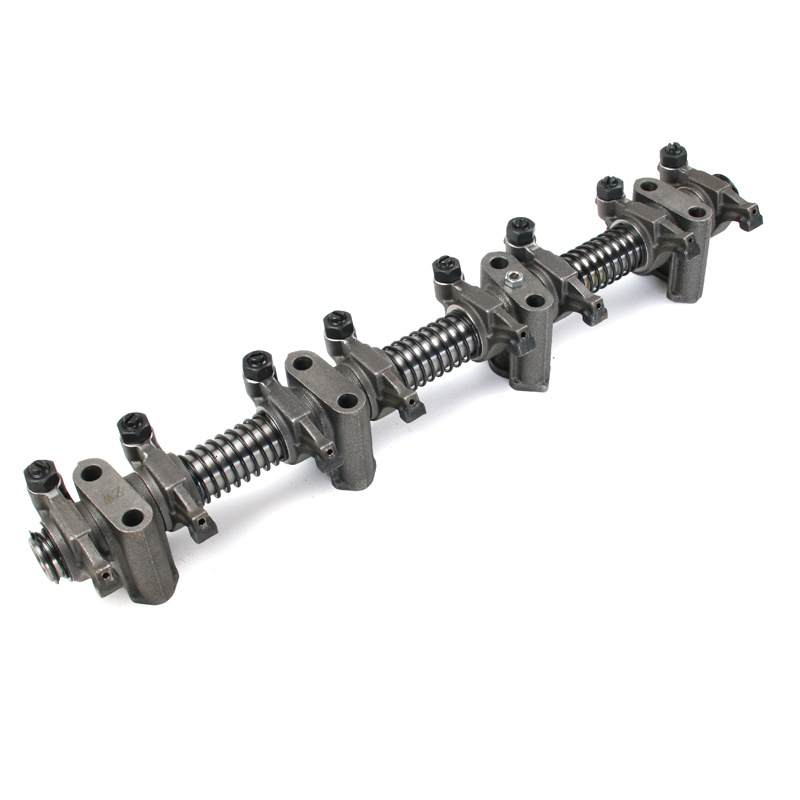How to Identify the Best Axle Differential for Your Soil Type and Terrain
Release time:
2025-04-04
How to Identify the Best Axle Differential for Your Soil Type and Terrain
Table of Contents
- Understanding Axle Differentials
- The Importance of Soil Type and Terrain in Agriculture
- Types of Soil and Their Characteristics
- Terrain Types and Their Impact on Farming
- Choosing the Right Axle Differential
- Factors to Consider When Selecting an Axle Differential
- Common Mistakes to Avoid When Choosing Axle Differentials
- Frequently Asked Questions
- Conclusion
Understanding Axle Differentials
An axle differential is a critical component in agricultural machinery, enabling wheels to rotate at different speeds while maintaining traction. This function is particularly essential in farming applications, where uneven terrain and varying soil conditions can significantly affect performance. The **right axle differential** ensures optimal power transfer and improves maneuverability, ultimately enhancing the efficiency of farming operations.
The Importance of Soil Type and Terrain in Agriculture
Farming is inherently linked to the **type of soil** and the **terrain configuration**. Different soil types possess unique characteristics affecting water retention, drainage, and compaction. Likewise, terrain influences how machinery should be set up for maximum efficiency. Selecting the appropriate axle differential hinges on understanding these agricultural foundations.
Understanding Soil Types
Soil can be generally categorized into four main types: sandy, clay, silt, and loam. Each type presents distinct challenges and advantages for farming:
- **Sandy Soil**: Drains quickly, often requiring machinery with good traction to prevent slipping.
- **Clay Soil**: Retains moisture but can become compacted; machinery needs to manage weight effectively to avoid getting stuck.
- **Silt Soil**: Holds moisture well, presenting a balance of characteristics from sandy and clay soils.
- **Loam Soil**: Considered the ideal agricultural soil due to its balanced texture, it requires versatile machinery to cater to its needs.
Impact of Terrain on Machinery Selection
Terrain influences how machinery interacts with soil types.
- **Flat Terrain**: Allows for higher speeds but may require machinery to handle power efficiently.
- **Hilly Terrain**: Calls for enhanced stability and traction; specific axle differentials can make a significant difference.
- **Rocky Terrain**: Requires durable differentials that can withstand wear and tear, enhancing longevity.
Understanding these elements is crucial when determining the best axle differential for a specific farming setup.
Types of Soil and Their Characteristics
The **characteristics of various soil types** play a pivotal role in agriculture. Each soil type affects moisture levels, nutrient availability, and the capacity of machines to navigate effectively.
Sandy Soil Characteristics
Sandy soil features large particles, resulting in high drainage capabilities but low nutrient retention. This type of soil can lead to issues with stability for machinery. To combat these challenges, farmers should opt for axle differentials that provide **superior traction** and **stability**, ensuring that the machinery can handle abrupt changes in soil composition.
Clay Soil Characteristics
Clay soil consists of fine particles, leading to excellent nutrient retention but poor drainage. This soil type tends to become extremely compacted, necessitating a differential that allows for **better weight distribution**. Farmers should consider locking differentials to enhance traction in these conditions.
Silt Soil Characteristics
Silt soil, with its fine texture, retains moisture effectively yet remains workable. However, it can become slippery when wet. Choosing a differential that allows for **adaptive control** and **smooth handling** is crucial for navigating silt soil efficiently.
Loam Soil Characteristics
Loam soil, rich in nutrients and moisture, offers the best of all worlds. Equipment operating in loamy conditions can afford to be more versatile. Here, farmers should select a differential that balances performance across various conditions, ensuring optimal operation regardless of soil fluctuations.
Terrain Types and Their Impact on Farming
The physical layout of farmland can significantly impact machinery performance. Understanding the **terrain types** will further aid in selecting the ideal axle differential.
Flat Terrain
In flat terrain, the priority is often speed and efficiency. However, the potential for high-speed operations can lead to challenges such as loss of traction. Selecting a differential that provides **consistent power distribution** will allow farmers to maximize output while minimizing slippage.
Hilly Terrain
Hilly or uneven terrain presents unique challenges. Here, traction is of utmost importance. A limited-slip differential can enhance performance by distributing power evenly between wheels, preventing the machine from losing grip on inclines.
Rocky Terrain
Rocky terrain requires durable machinery capable of managing wear and tear. Farmers should choose heavy-duty differentials that can withstand the rugged conditions associated with rocky areas, focusing on **reinforced designs** that enhance longevity.
Choosing the Right Axle Differential
When selecting an axle differential, it’s essential to consider both soil and terrain conditions together. Here’s how to make an informed choice:
Assess Your Soil and Terrain
Evaluate the predominant soil type and the specific terrain characteristics of your farmland. Identifying the soil's drainage capabilities, compaction tendencies, and nutrient levels will lead to better differential selection.
Determine Machinery Requirements
The type of machinery you operate significantly influences your differential needs. Whether using tractors, tillers, or other equipment, understanding the power requirements and the tasks at hand will direct you toward the right choice.
Consult with Experts
Engaging with agricultural engineers or tractor specialists can provide insights based on your unique situation. They can recommend specific axle differentials tailored to your farming conditions.
Factors to Consider When Selecting an Axle Differential
Several factors come into play when choosing the right axle differential:
Traction and Stability
Prioritize differentials that enhance traction and stability, especially in challenging conditions. This feature minimizes the risk of slippage and improves overall efficiency.
Durability
Select a differential that can withstand the specific stresses associated with your farming environment. Durability protects your investment and enhances machinery lifespan.
Maintenance Needs
Choose a differential with manageable maintenance requirements. Proper upkeep will ensure your axle differential functions effectively throughout its lifespan.
Common Mistakes to Avoid When Choosing Axle Differentials
Understanding common pitfalls can help optimize your machinery's performance:
Overlooking Soil and Terrain Dynamics
One of the biggest mistakes is failing to consider the interplay between soil type and terrain. Ensure you evaluate both aspects thoroughly to make an informed decision.
Choosing Based on Brand Over Functionality
While brand recognition is essential, the functionality of the axle differential should take precedence. Research the specifications and features before making a decision.
Ignoring Expert Advice
Consulting with professionals can provide valuable insights that you may not have considered. Don’t hesitate to seek expert opinions tailored to your specific agricultural needs.
Frequently Asked Questions
1. How do I know which axle differential is best for my soil type?
Analyzing soil characteristics, such as drainage and compaction, will guide you in selecting the right axle differential that suits your farming needs.
2. What are the main types of axle differentials used in agriculture?
The primary types include open differentials, limited-slip differentials, and locking differentials, each serving specific purposes based on terrain and soil conditions.
3. Can I use the same axle differential for different terrains?
While some differentials are versatile, it’s recommended to tailor your choice based on specific terrain characteristics for optimal performance.
4. What maintenance is required for axle differentials?
Regular inspections, lubrications, and checking for wear and tear will ensure your axle differential remains in good working order.
5. How can I improve traction in muddy conditions?
Using locking differentials can significantly enhance traction in muddy conditions by distributing power evenly to both wheels.
Conclusion
Identifying the best axle differential for your soil type and terrain is crucial for maximizing the efficiency of your agricultural machinery. By understanding the interplay between soil characteristics and terrain types, farmers can make informed choices that enhance performance. Selecting the right axle differential not only ensures optimal traction and stability but also extends the longevity of your machinery. Focus on durability, maintenance needs, and expert advice to navigate the decision-making process smoothly. Ultimately, the right differential will significantly impact your farming productivity, making it an essential investment in your agricultural success.









